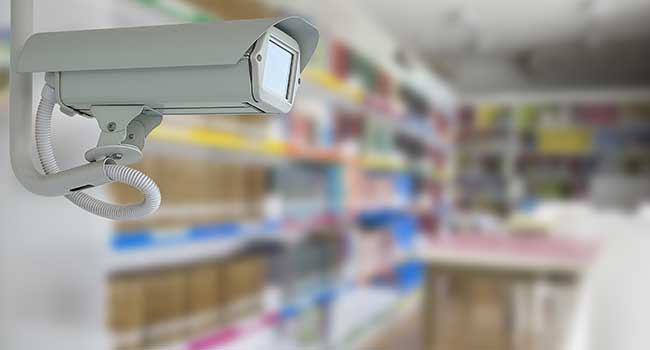
Virginia Beach Schools Get $1 Million to Bolster Security
The $1 million will be used to increase security infrastructure in Virginia Beach City Public Schools, including more video surveillance in schools, expanded access control for staff, increased external fencing to some campuses and the relocation of security desks to school entrances to allow them to check in visitors to campus.
- By Jessica Davis
- October 15, 2018
At its Tuesday meeting, the School Board of the City of Virginia Beach passed a resolution to use more than $1 million in reversion funds to support implementing security recommendations from the Blue Ribbon Panel on School Safety and Security.
The $1 million will be used to increase security infrastructure in Virginia Beach City Public Schools, including more video surveillance in schools, expanded access control for staff, increased external fencing to some campuses and the relocation of security desks to school entrances to allow them to check in visitors to campus.
“When the Blue Ribbon Panel was commissioned this spring, we took an earnest look at our security offerings and asked for ways we could improve them,” said Dr. Aaron Spence, superintendent of Virginia Beach City Public Schools. “This is yet another step in us continuing that commitment to our community and honoring the expertise and feedback we received from these security professionals.”
Last month, a new buzz-in entry system was implemented in all 86 Virginia Beach City Public Schools and centers. Visitors must use the video intercom system at the building’s main entrance to request entry, as all front doors and other exterior doors are locked at all times.
“Once security determines that there is a legitimate reason for the visit, they will remotely unlock the door for that visitor to proceed to the security desk,” Office of Safe Schools Director Richard Ponti said.
In addition, VBCPS was awarded $91,661 last week in School Security Equipment grants, with which it will add to existing security systems in some schools. The new equipment includes closed circuit cameras, two-way radios, electronic door locks and visitor management system scanners.
About the Author
Jessica Davis is the Associate Content Editor for 1105 Media.